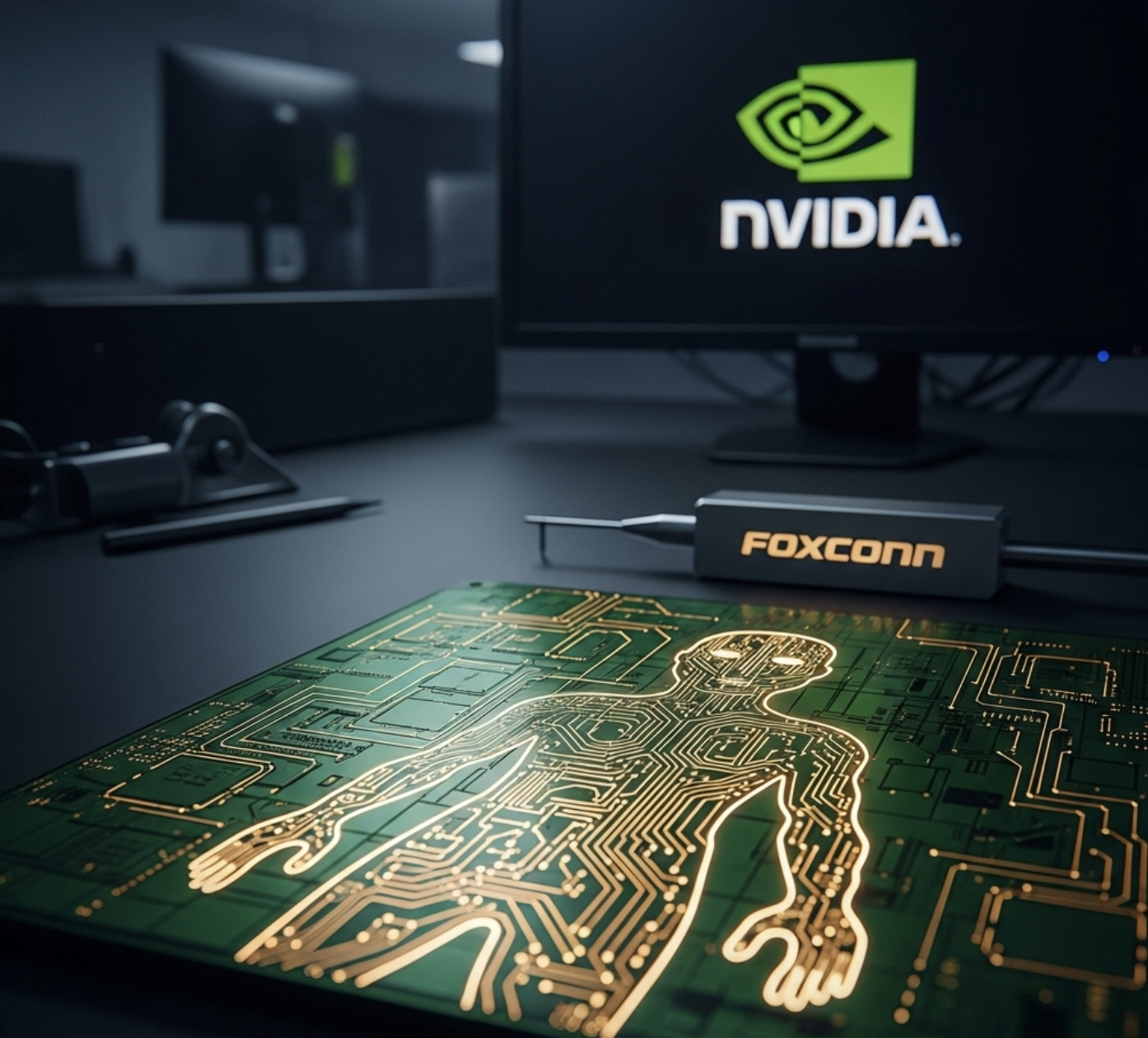
In an exciting announcement on LinkedIn today, Brett Adcock, the CEO of Figure, unveiled Helix, a new AI designed to think and act like a human. This AI marks a step forward in humanoid robotics, which is looking to integrate humanoid robots into everyday home environments.
Introducing Helix, our newest AI that thinks like a human
To bring robots into homes, we need a step change in capabilities
Helix can generalize to any household item 🧵pic.twitter.com/sPzPV4B50J
— Brett Adcock (@adcock_brett) February 20, 2025
After over a year of intensive development, Helix emerges as a game-changing solution for the myriad challenges faced in robotic manipulation and control. This cutting-edge Vision-Language-Action (VLA) model unifies perception, language understanding, and learned behavior to overcome long-standing limitations in the field.
Key Features of Helix
Helix is notable for several groundbreaking capabilities:
Addressing the Challenges of Home Environments
Robotics has historically struggled to scale within homes—a chaotic landscape filled with various objects of unpredictable shapes, sizes, and materials. Traditional approaches often necessitate extensive human intervention for teaching new behaviors, proving too cumbersome for real-world applications. Helix aims to remove this barrier by leveraging advanced Vision-Language Models to create intelligent robot behaviors on demand.
As Adcock explains in his post, “To bring robots into homes, we need a step change in capabilities.” Helix embodies this vision by translating complex semantic knowledge directly into robot actions, fundamentally altering the trajectory of robotic scalability.
The Architecture Behind Helix
Helix operates on a dual system architecture that allows for efficient control and communication between high-level planning and low-level action.
This architecture decouples thinking from action, allowing each system to optimize performance according to its specific operational speed requirements.
Impressive Results From Testing
In rigorous testing scenarios, Helix has demonstrated remarkable capabilities in both single and multi-robot environments. The system adeptly coordinates actions in a high-dimensional space, managing tasks that require the synchronization of head, torso, and finger movements.
In one experiment, Helix was tasked with collaborative grocery storage by two robots, showcasing its ability to manipulate entirely new, unseen items through verbal commands. This unprecedented flexibility in teamwork signifies a significant leap forward in humanoid robotics.
With the launch of Helix, Figure has positioned itself at the forefront of innovation in AI and robotics. By solving long-standing challenges and creating a truly generalist robotic model, Helix has the potential to redefine how robots can assist in everyday life. The first technical report detailing Helix is available for further insights and exploration: View the Figure announcement.
As Brett Adcock aptly stated, Helix represents not just a technological advancement but a transformative shift in integrating robotics into homes. The journey toward intelligent and adaptable domestic robots has officially begun, setting the stage for a future where such technology is an integral part of our daily lives.



